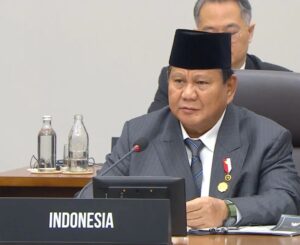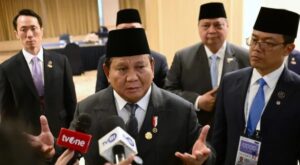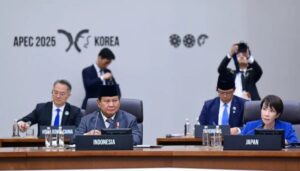Indonesia Records Improved Air Quality Following Eid al-Fitr Holidays

Jakarta, The Gulf Observer: Indonesia’s air quality remained in the healthy range for the third consecutive day following Eid al-Fitr, according to the Ministry of Environment’s Air Pollution Standard Index (ISPU) monitoring system.
The latest data, released Thursday afternoon by the Ministry’s Deputy for Pollution Control and Environmental Damage, showed that 32 air monitoring stations reported moderate air quality, while 42 stations recorded good air quality across the country.
Edward Nixon Pakpahan, Director of Air Quality Protection and Management, attributed the improvement to a combination of collaborative pollution control efforts and a temporary decrease in urban and industrial activities due to the Eid holiday period.
“This is the result of intensive coordination, including identifying and addressing pollution sources through enforcement actions,” said Pakpahan.
The Ministry has worked closely with local governments and other national institutions to mitigate air pollution. Recent efforts include:
- Emission tests on motor vehicles in collaboration with the DKI Jakarta Provincial Government, Ministry of Transportation, and National Police.
- Law enforcement measures, such as sealing metal smelting operations in Tangerang.
- Crackdowns on open and illegal waste burning activities.
“These steps are not only enforcement measures but are also intended to encourage environmentally responsible industrial operations,” Pakpahan added.
Air quality in typically high-pollution zones like Jakarta and its surrounding areas showed notable improvement. ISPU scores recorded:
- East Jakarta: 53
- Bekasi District: 54
- Tangerang District: 72
- Tangerang City: 47
- South Tangerang City: 39
Under Indonesia’s air quality standards, defined by Minister of Environment Regulation Number 14 of 2020, ISPU scores are categorized as:
- Good: 0–50
- Moderate: 51–100
- Unhealthy: 101–200
- Very Unhealthy: 201–300
- Hazardous: Above 300
The Ministry continues to monitor and act against air pollution sources, aiming to maintain these improvements and support long-term environmental health initiatives.


